Over the last month and a half, I've found that keeping up with writing for Naval Gazing has been increasingly difficult. Some of this is simply down to recent life events which have given me other things to do with my time. Some is that I've been feeling burned out. I've been blogging here for almost two years, and at this point, Naval Gazing has basically taken over my time looking into naval matters.
So at this point, I've decided to cut back. Going forward, I'm going to publish two main posts a week, one on Sunday and one on Wednesday. The current Monday OT/RTW2 game is going to move to Friday (except for the next update, which will be tomorrow). I hope this rate will be more sustainable going forward.
Just to be clear, I'm in no danger of shutting Naval Gazing down completely. I really enjoy researching, writing, and interacting with the commenters here. But I'd like more time for other things, too.

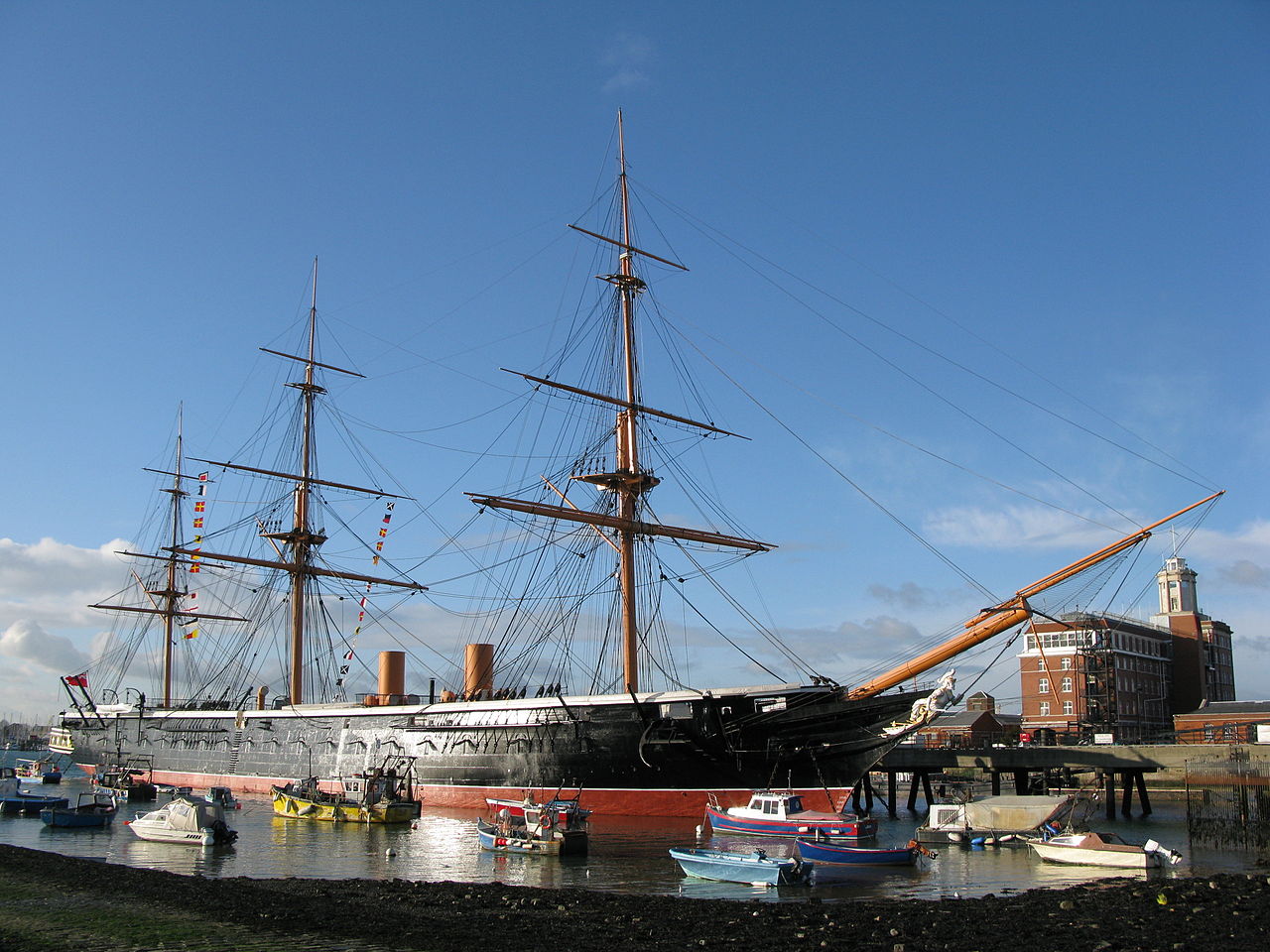
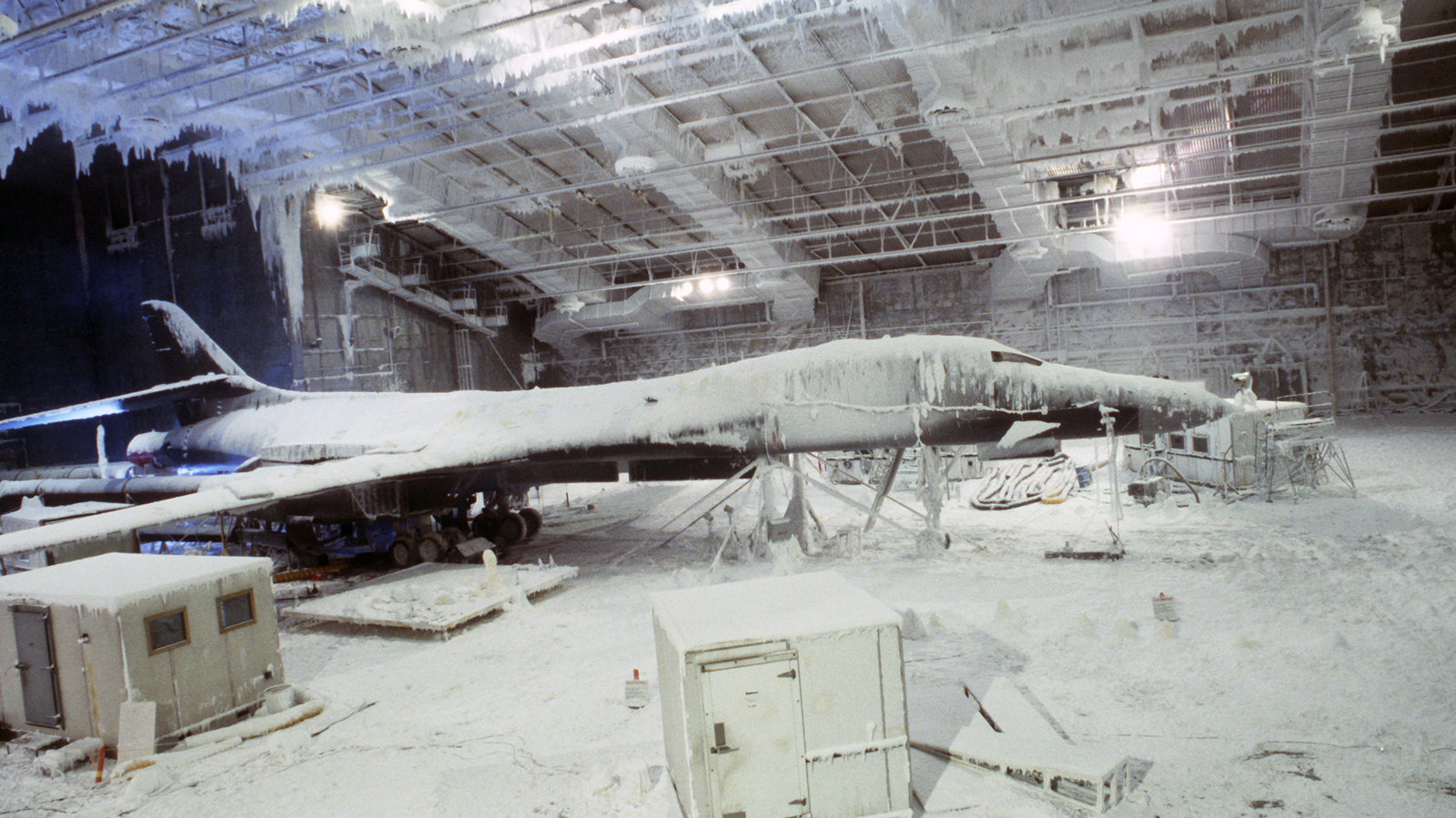

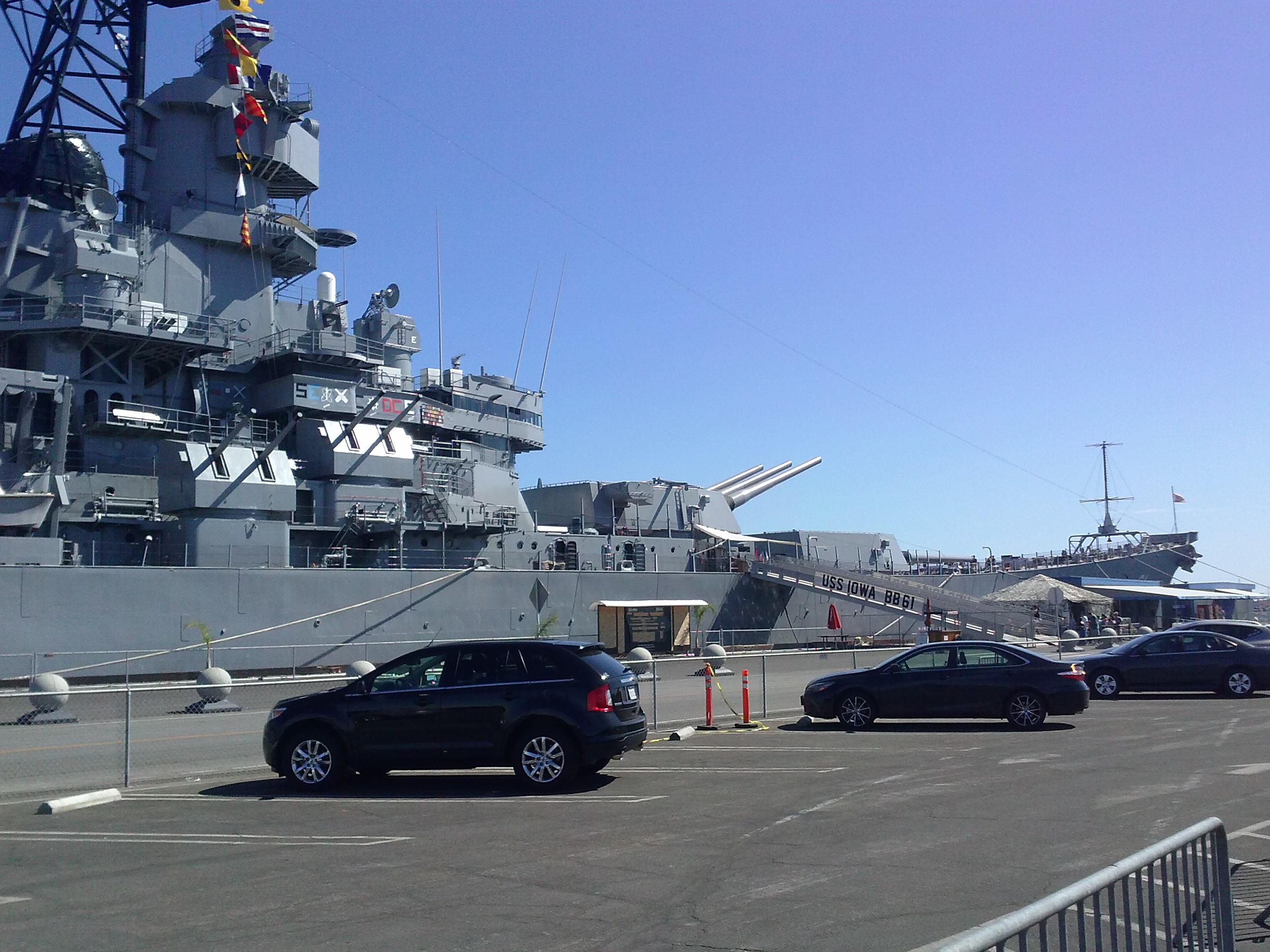
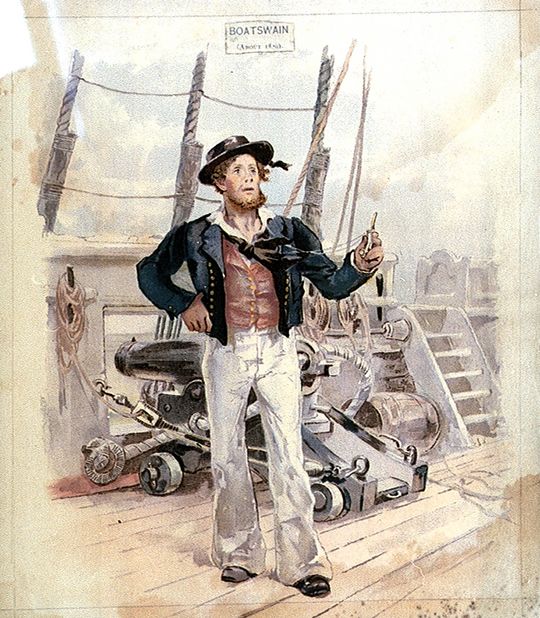
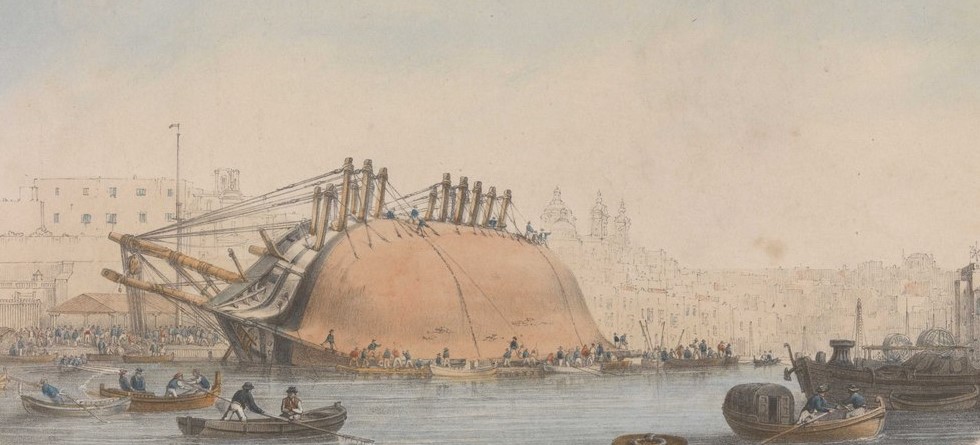
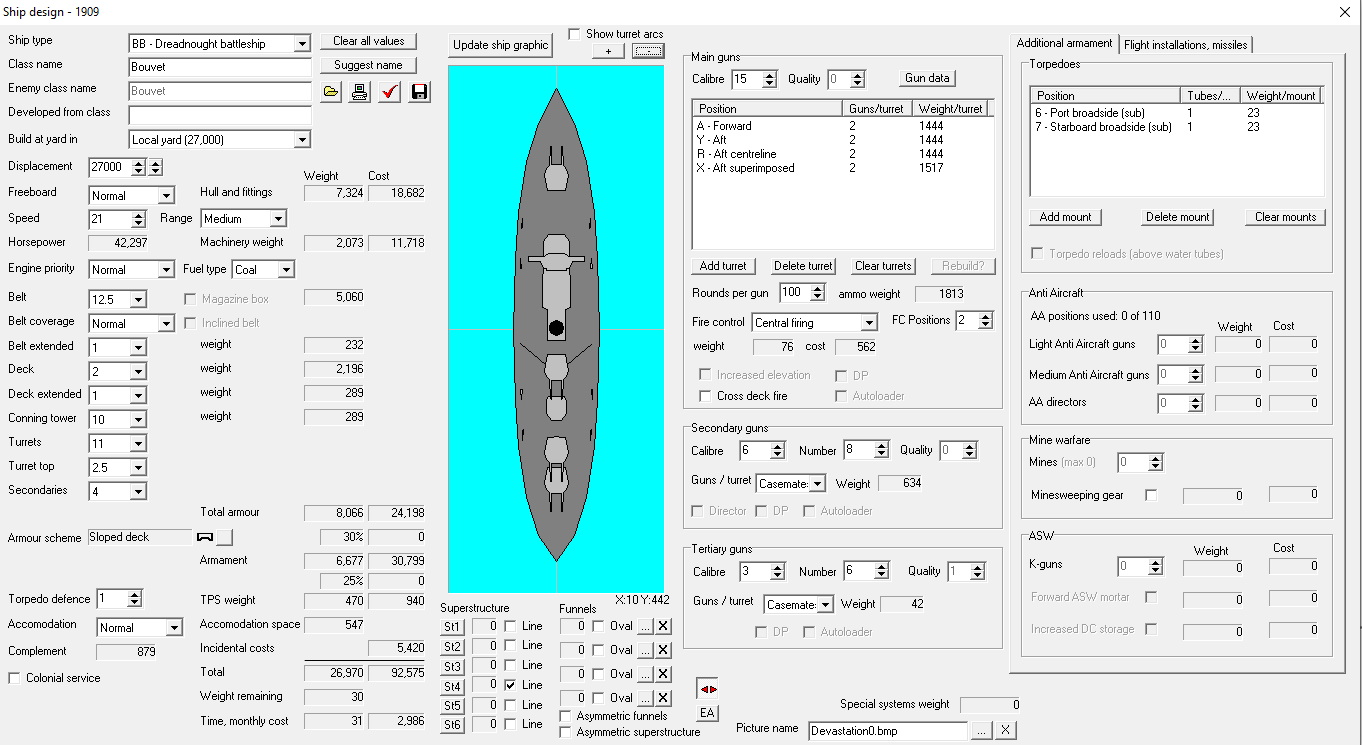
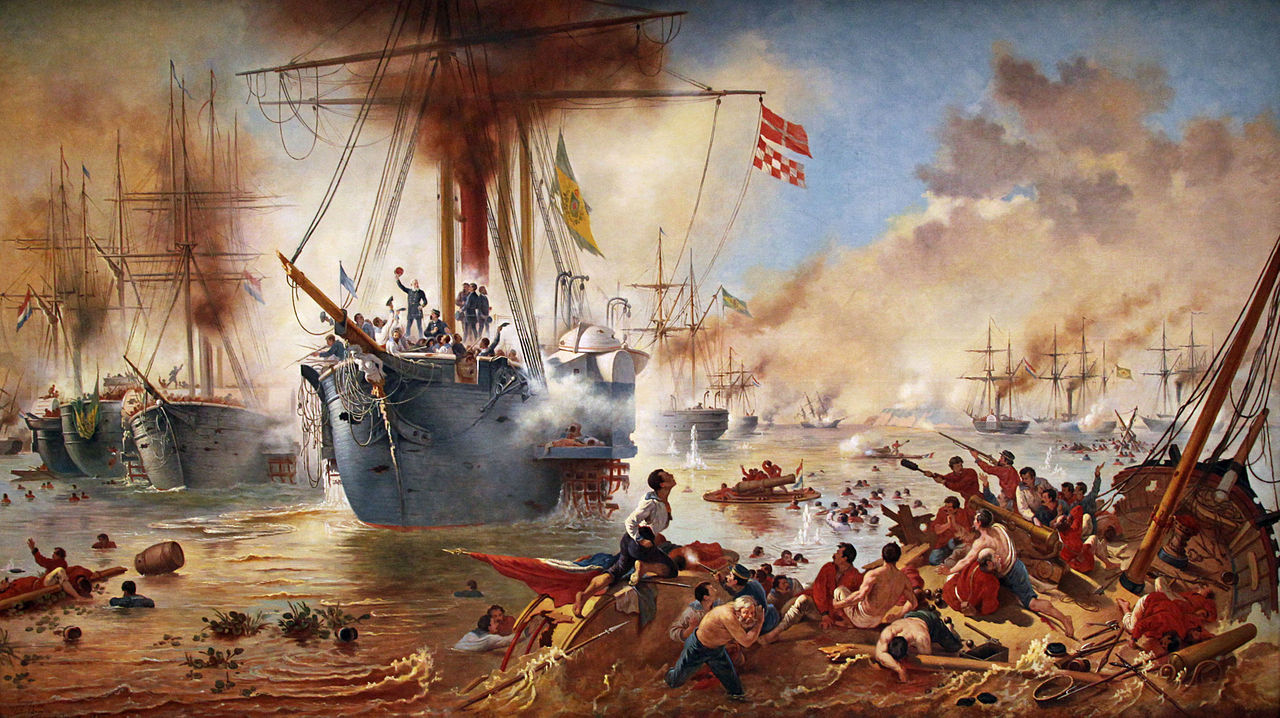
Recent Comments